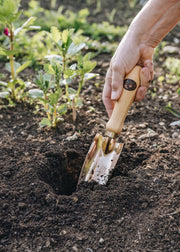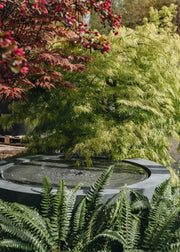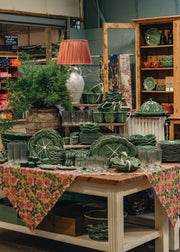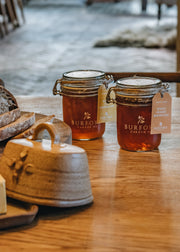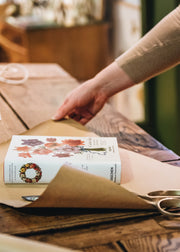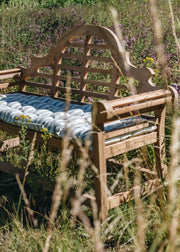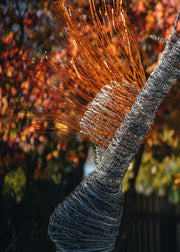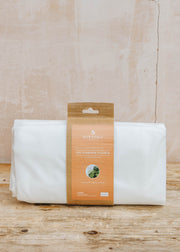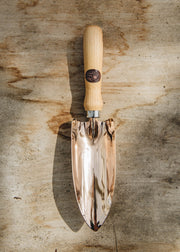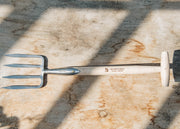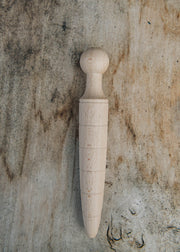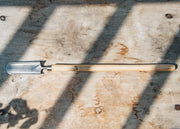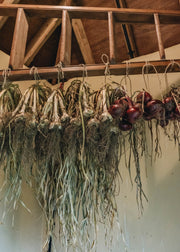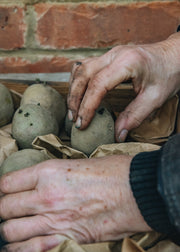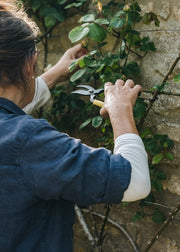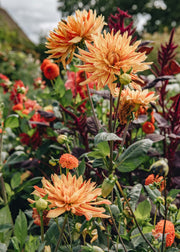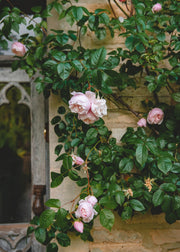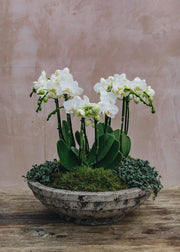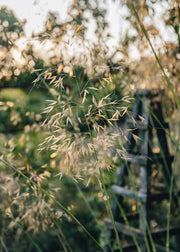All About: Garlic Bulbs


Splitting cloves from the garlic bulb-head
An increasingly popular crop for its low maintenance qualities, the advantages of garlic are in abundance, from its aromatic and flavoursome tang to the fact that it is phenomenally easy to grow and can withstand the harshest of winters. With some minor variations depending on your chosen variety, our helpful guide covers the basics of sowing, growing and harvesting, with some top tips in-between.
Slow-growing and requiring several months in the ground prior to harvesting, it is recommended you plant your cloves outside in October or November to harvest the following summer, however it is possible to plant up to early March and still expect a decent crop. Split the cloves from the head of garlic, and plant 2.5cm (1in) deep and 18cm (7in) apart in fertile, well-drained soil. It is advised that you do not plant them in the same place for consecutive years. If your soil pH is lower than 6.5, add lime.


Planting garlic cloves in drills
Pick your produce
During extended dry periods in the summer, make sure to water your garlic at least every fortnight. Remember to water in occasional doses of a general liquid fertilizer from spring to mid-summer to keep your vegetables boosted. Try to keep the area weed free and remove any flower heads as they start to form.
To ensure the best yield, it's crucial to pick your produce before the foliage dies completely. Once you notice the leaves turning yellow and collapsing, gently loosen the roots, lift the bulbs gently, and lay them on their sides, allowing them to bask in the sun to dry. If the weather is wet, bring them under cover and spread them out, preferably on dedicated racks. Place them outdoors in full sunlight on wire racks, allowing air to circulate beneath. If the weather doesn't cooperate, consider a sunny greenhouse or a well-ventilated shed for the drying process.
Do not allow for your growing conditions to become overly damp, as this will potentially yield a host of fungal diseases. Make sure to blanket the area with fleece until they are rooted in, as birds are known to often peck newly planted bulbs out.
